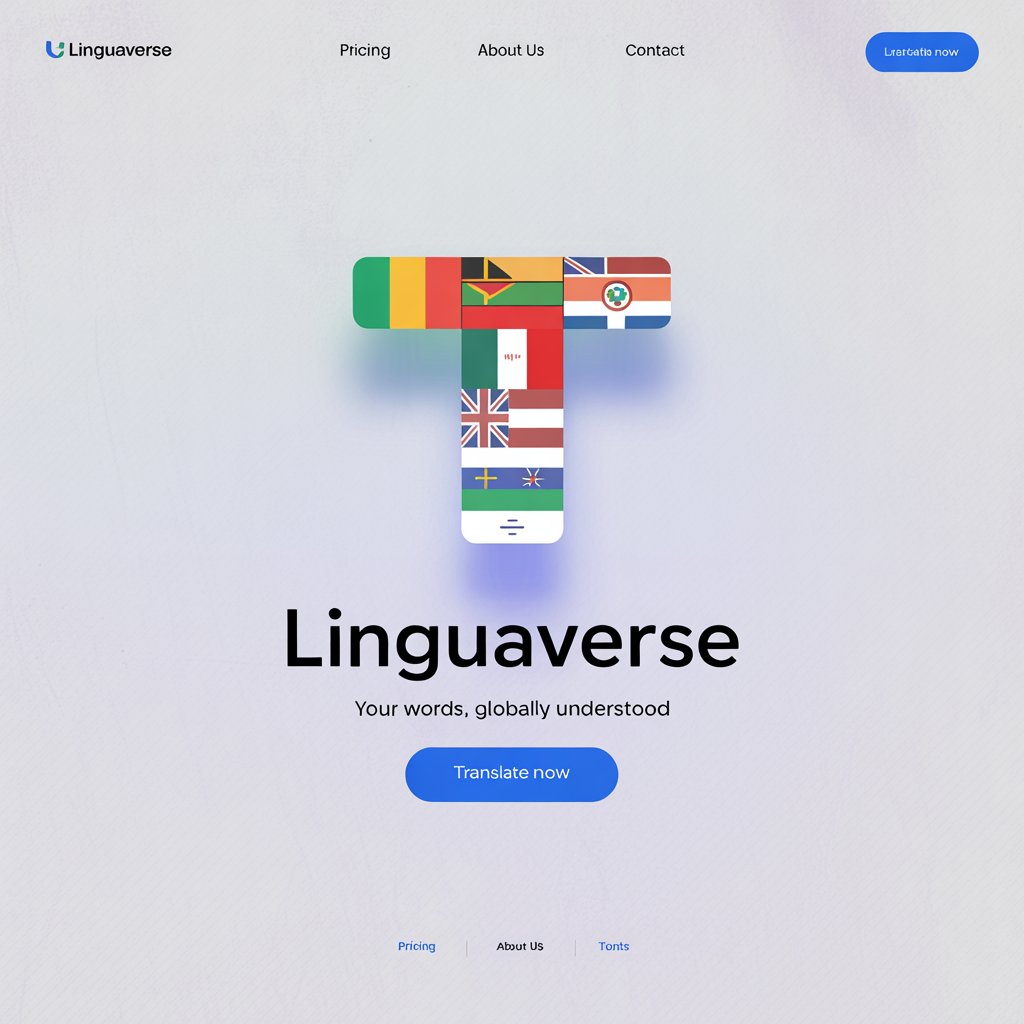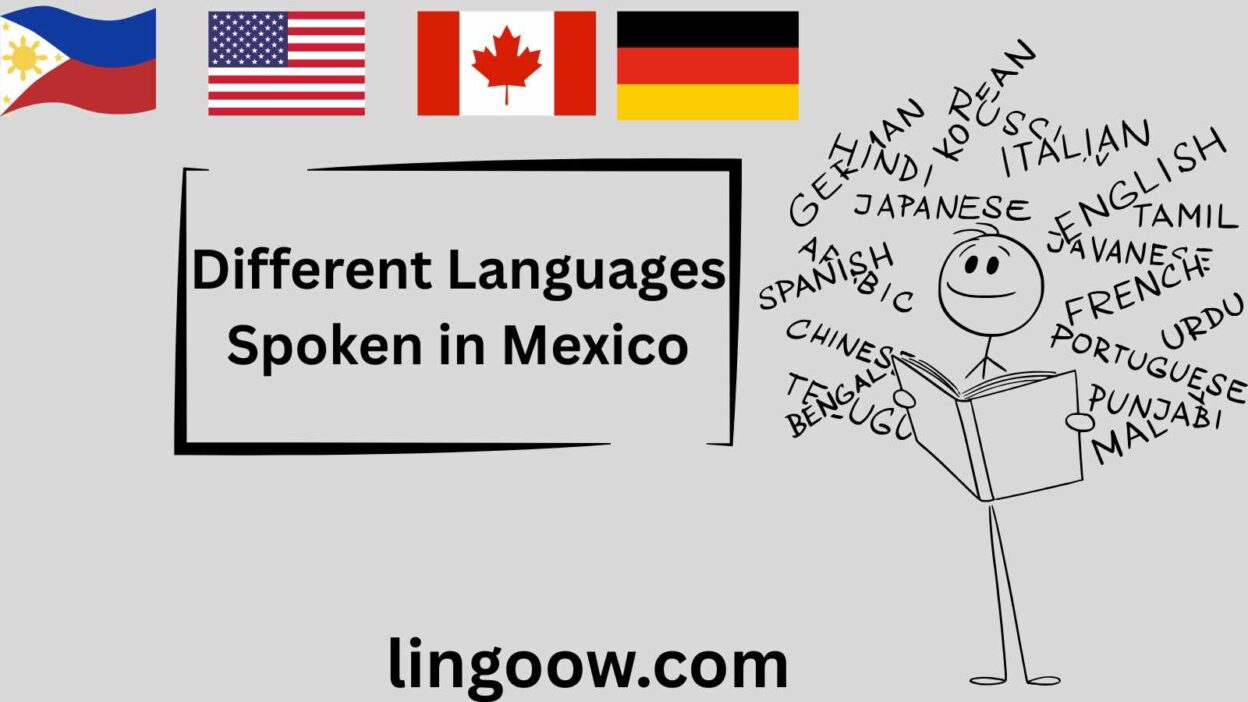Introduction: A Tapestry of Voices
Growing up in a small town in California, I remember the first time I heard my neighbor, a recent immigrant from Oaxaca, speaking to her children in a language that wasn’t Spanish. It was a melodic cascade of sounds, rhythmic and unfamiliar, yet it carried the same warmth and love I recognized in my own family’s conversations. Later, I learned she was speaking Zapotec, one of Mexico’s many indigenous languages. That moment sparked a lifelong curiosity about the rich linguistic diversity of Mexico—a country often associated with Spanish but home to a vibrant mosaic of languages that tell stories of history, culture, and resilience.
Languages, like the people who speak them, carry the weight of identity, tradition, and connection. In Mexico, this diversity is a testament to a universal truth: language is more than words—it’s a bridge to understanding, a vessel for culture, and a reflection of humanity’s shared desire to communicate. Let’s explore the languages spoken in Mexico, from indigenous tongues to colonial legacies, and uncover the beauty of their differences and the unity they inspire.
Languages of Mexico: A Reference Table
Below is a table showcasing some of the languages spoken in Mexico, their word for “hello” (as a universal greeting to reflect connection), and brief cultural or linguistic insights.
| Language | Word for “Hello” | Cultural/Linguistic Insight |
|---|---|---|
| Spanish | Hola | The most widely spoken language in Mexico, used in formal and informal settings, reflecting the country’s colonial history. |
| Nahuatl | Tialli | Spoken by the Aztecs and their descendants, this word embodies warmth and community in central Mexico. |
| Maya | Bix a beel | A greeting in Yucatec Maya, often accompanied by a smile, reflecting the hospitality of Mayan communities. |
| Zapotec | Xtios | Used in Oaxaca, this greeting varies by dialect, showcasing the diversity within Zapotec communities. |
| Mixtec | Nda’a | Spoken in Oaxaca and Guerrero, this word reflects the tonal nature of Mixtec languages. |
| Otomí | Ra ntsꞌi | A greeting in Otomí, spoken in central Mexico, often paired with gestures of respect. |
| Totonac | Kilhwa | Used in Veracruz and Puebla, this greeting carries a sense of welcoming rooted in Totonac traditions. |
| Tzotzil | K’uxi | A Mayan language from Chiapas, this greeting is often used in close-knit community settings. |
| Tzeltal | K’uxinel | Another Mayan language from Chiapas, similar to Tzotzil, with a focus on familial warmth. |
| Tarascan (Purépecha) | Juchari | Spoken in Michoacán, this greeting reflects the Purépecha’s pride in their unique linguistic heritage. |
| Huastec | Tham | Spoken in San Luis Potosí and Veracruz, this greeting is tied to the Huastec’s deep connection to nature. |
| Mazatec | Nda | Used in Oaxaca, this tonal language’s greeting is often sung-like, reflecting cultural musicality. |
| Chinantec | Jmii | Spoken in Oaxaca, this greeting highlights the language’s complex whistled speech tradition. |
| Mixe | Ja’ay | Used in Oaxaca, this greeting reflects the Mixe people’s strong sense of community identity. |
| Tlapanec | Ngu | Spoken in Guerrero, this simple greeting carries a deep sense of respect for elders. |
Main Sections
European Languages in Mexico
While Spanish dominates as Mexico’s official language, brought by Spanish colonizers in the 16th century, other European languages have left their mark through immigration and cultural exchange.
- Spanish (Hola): As the lingua franca, “hola” is a universal greeting across Mexico, used in bustling Mexico City markets and quiet rural villages alike. Its simplicity belies its power to connect strangers and friends, reflecting Mexico’s open and vibrant culture. Spanish in Mexico is infused with regional slang, like “qué onda” in casual settings, showing its adaptability.
- German (Hallo): German-speaking Mennonite communities, particularly in Chihuahua, use “hallo” in their tight-knit settlements. These communities, descendants of 19th-century immigrants, maintain their language and traditions, using “hallo” to greet each other in schools and churches, a nod to their European roots.
- French (Bonjour): Small French communities, especially in Mexico City and Puebla, use “bonjour” in cultural enclaves. Descendants of French immigrants from the 19th century, these speakers often blend French with Spanish, creating a unique cultural fusion reflected in their greetings.
These European languages highlight Mexico’s colonial and immigrant history, with “hola” serving as a unifying thread while German and French add layers of diversity.
Indigenous Languages of Mexico
Mexico is home to 68 indigenous languages, each with distinct dialects, spoken by over 7 million people. These languages predate Spanish and are central to cultural identity.
- Nahuatl (Tialli): Spoken by over 1.7 million people, Nahuatl was the language of the Aztec Empire. “Tialli” is a warm greeting often used in community gatherings in states like Puebla and Guerrero, symbolizing respect and unity.
- Maya (Bix a beel): Yucatec Maya, spoken in the Yucatán Peninsula, uses “bix a beel” to greet others, often with a nod or smile. This greeting reflects the Mayan emphasis on harmony and connection to the land.
- Zapotec (Xtios): With over 400,000 speakers in Oaxaca, Zapotec’s greeting varies by dialect, showcasing the language’s diversity. “Xtios” is often used in markets, where vendors greet customers with warmth.
- Mixtec (Nda’a): Spoken by around 500,000 people, Mixtec’s tonal greeting “nda’a” reflects the language’s musicality, often heard in Oaxaca’s highlands during festivals.
- Tzotzil & Tzeltal (K’uxi/K’uxinel): These Mayan languages from Chiapas use greetings that emphasize familial bonds, often spoken softly in community settings like churches or homes.
These indigenous languages, among others, are not just communication tools but living links to Mexico’s pre-colonial past, preserved through oral traditions and community pride.
Cultural Insights: The Evolution of Language in Mexico
Mexico’s linguistic landscape is a palimpsest of history. Nahuatl, once the language of Aztec rulers, influenced Spanish with words like “tomate” (tomato) and “chocolate.” Spanish, imposed during colonization, became a unifying force but also marginalized indigenous languages, many of which faced decline until recent revitalization efforts. Today, Mexico’s constitution recognizes indigenous languages as national languages, reflecting a growing appreciation for linguistic diversity.
Greetings like “tialli” or “bix a beel” carry cultural weight, often tied to rituals or communal values. For example, in Mayan communities, greetings are accompanied by gestures of respect, like bowing, reflecting a worldview that values harmony. In contrast, Spanish “hola” is versatile, used in both formal and casual contexts, showing the influence of modernity and globalization.
Historically, languages like Purépecha and Huastec resisted Spanish dominance, preserving unique grammatical structures and worldviews. The survival of these languages despite centuries of marginalization speaks to the resilience of Mexico’s indigenous peoples and their commitment to cultural identity.
Proverbs and Sayings
Mexico’s languages are rich with proverbs that reflect the importance of greetings and connection:
- Spanish: “El que saluda primero, demuestra cortesía.” (The one who greets first shows courtesy.) This reflects Mexico’s value of politeness and hospitality.
- Nahuatl: “Tlen ticnequi, tlen ticmaca.” (What you desire, you give.) This proverb emphasizes reciprocity in greetings, a sign of mutual respect.
- Maya: “Tu’ux ka bin, ka k’uchul.” (Where you go, you arrive.) This reflects the Mayan belief that greetings pave the way for meaningful connections.
- Zapotec: “Xquipé guidxilayú, xquipé guzá.” (The word of the earth, the word of the heart.) This highlights the Zapotec view of language as a bridge between nature and emotion.
These sayings underscore the universal role of greetings in building relationships, a theme that resonates across Mexico’s diverse cultures.
FAQs
Why do some Mexican languages sound similar?
Many indigenous languages, like Nahuatl and Mixtec, belong to distinct language families (Uto-Aztecan and Oto-Manguean), but similarities in greetings may stem from shared cultural values of warmth and community. Spanish also influenced loanwords across languages.
What is the oldest known language in Mexico?
Languages like Huastec and Maya trace back thousands of years, predating the Aztec Empire. Archaeological evidence suggests these languages were spoken as early as 2000 BCE.
How do cultural differences affect greetings in Mexico?
In indigenous communities, greetings often involve gestures or context-specific phrases, reflecting respect for elders or nature. Spanish greetings are more standardized but vary by region, with northern Mexico favoring casual phrases like “qué tal.”
Conclusion: The Universal Language of Connection
From the bustling streets of Mexico City to the quiet villages of Chiapas, the languages spoken in Mexico weave a tapestry of human connection. Whether it’s the warm “hola” of Spanish, the melodic “tialli” of Nahuatl, or the heartfelt “bix a beel” of Maya, each greeting carries a piece of Mexico’s soul. These words are more than sounds—they’re invitations to share stories, traditions, and dreams. They remind us that, despite our differences, the desire to connect is universal.
What’s the word for “hello” in your language or community? How does it reflect your culture? Share your experiences in the comments below, and let’s celebrate the beauty of Mexico’s linguistic diversity together!




